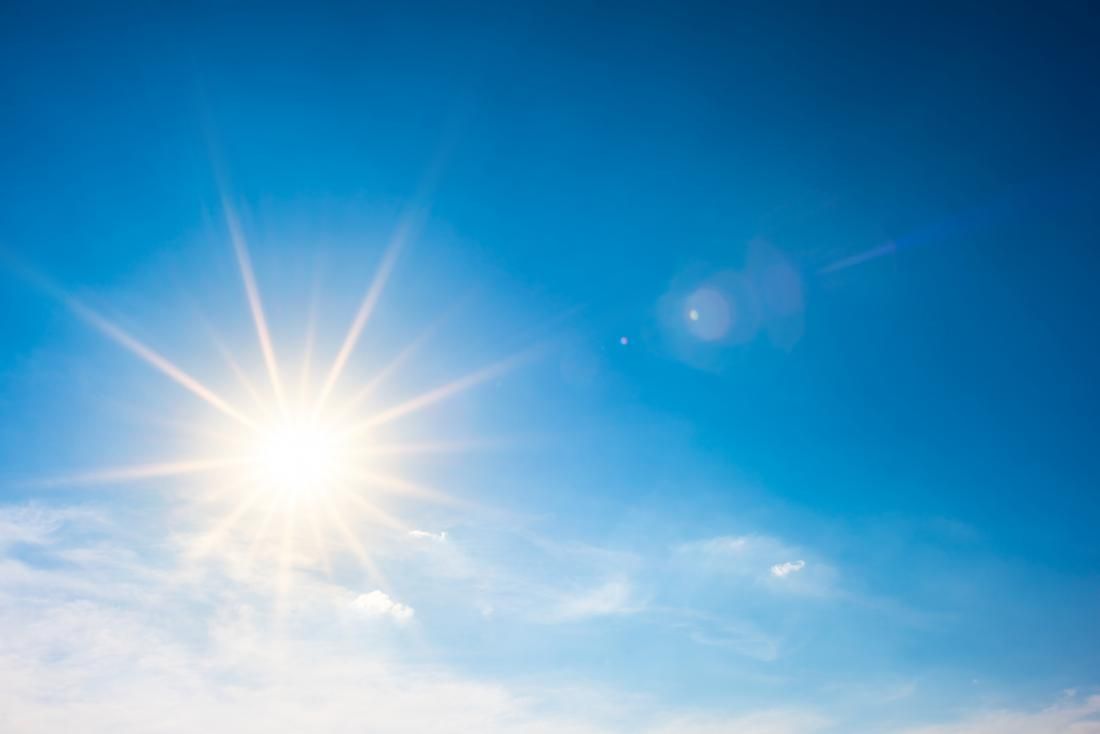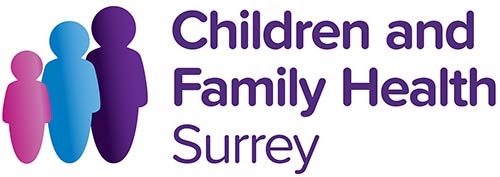Our summer safety tips include advice about heat, travel, prams, cycling and water.
Please visit the safety page to find more advice and tips for keeping your child safe.


- Did you know that sunburn increases your risk of skin cancer? Find out more about sun safety on the NHS website.
- 146 children were admitted to an NHS burns service experiencing sunburn in 2023. Find out about sun safety by visiting the Children's Burns Trust website.
- 17% of children 11 and under have experienced ‘painful’ sunburn four or more times in the past two years, whilst 40% have experienced sunburn to some extent in that time. Read more about this research on the Met Office website
Advice
-
From March to October: cover up with suitable clothing, spend time in the shade particularly between 11am and 3pm, and use at least SPF30 sunscreen.
-
Apply sunscreen to areas not protected by clothing such as the face, ears, feet and backs of hands. Children should wear UV sunglasses to protect their eyes.
-
Sunscreen should be reapplied every 2 hours or after any water activity or sweating.
-
Sunscreen should also be used on cloudy days as the sun’s rays are still able to get through clouds.
How to deal with sunburn
-
Sponge sore skin with cool water, then apply soothing after-sun cream or spray such as aloe vera.
-
Painkillers, such as paracetamol or ibuprofen, will ease the pain by helping to reduce inflammation caused by sunburn.
-
Stay out of the sun until all signs of redness have gone.
-
Seek medical help if you feel unwell or the skin swells badly or blisters.
-
Fine out more about what parents should know about sun and sunburns in children on the JAMA Network website.


31 children and young people aged between 0 and 24 suffered heat-associated deaths in 2023. Read more on the GOV.UK website.
Signs of heat exhaustion in adults and children include:
-
tiredness
-
dizziness
-
headache
-
feeling sick or being sick
-
excessive sweating and skin becoming pale and clammy or getting a heat rash, but a change in skin colour can be harder to see on brown and black skin
-
cramps in the arms, legs and stomach
-
fast breathing or heartbeat
-
a high temperature
-
being very thirsty
-
weakness
-
irritability
Advice
If someone has heat exhaustion, follow these steps:
-
Move them to a cool place.
-
Remove all unnecessary clothing like a jacket or socks.
-
Get them to drink a sports or rehydration drink, or cool water.
-
Cool their skin – spray or sponge them with cool water and fan them. Cold packs, wrapped in a cloth and put under the armpits or on the neck are good too.
-
Stay with them until they are better.
-
Call 111 if struggling to treat. For more information about heat exhaustion and heatstroke visit the NHS website.
Never leave babies or children in cars
-
Babies and children are more vulnerable to heat exhaustion and heat stroke because they are less able to regulate their temperatures than adults, making them susceptible to dehydration, heat stroke and exhaustion, which can lead to death .
-
A car behaves like a greenhouse as it is surrounded by windows which allow sunlight in but do not let infrared radiation out. This causes the temperature within the enclosed environment of a locked car to rise quickly. The rise in temperature is significant even if the outside temperature is low. For instance, a stationary car can get as hot as 50 degrees Celsius in an hour while the outside temperature is just 26 degrees Celsius.


-
Almost 50% of all accidental drownings happening in the three summer months.
-
There were 226 accidental fatalities in the UK in 2022. Read more on the Royal Life Saving Society UK website.
Advice
- Water is always colder than it looks and, if not properly prepared, can be fatal. Cold water shock kills.
- Never take an inflatable to the beach. They are too light and you/your child and the inflatable can get very easily blown offshore.
- Always go to a beach with a lifeguard as almost three quarters of accidental fatalities occur in the absence of professional supervision.
- Put your mobile phone in a waterproof pouch. You might need it to raise the alarm.
- You should not stand less than the height of the cliff away when you’re at the bottom of a cliff face. That means that if the cliff is 25 metres high, do not go closer than 25 metres towards it.
- Ensure that your children are well supervised.
- If you get caught in a current, try and swim parallel to the beach until you’re out of trouble then swim to the shore. If you can stand up, wade instead of swimming.
- If you need help, call 999 and ask for the Coastguard. Do not assume someone else has made the call. Read more on the HM Coastguard website.
Advice
-
If your baby is sleeping in a travel cot the mattresses are often thinner and feel harder but do not be tempted to place folded blankets or a quilt under the baby to make them ‘more comfortable’. Ensure that the travel cot is not against a radiator or in direct sunlight, and that it is out of reach of blind cords and hazards.
-
In hot weather, use lighter bedding and clothing and open the bedroom door and a window, if it is safe to do so. Baby sleep bags will have guidance on what tog to use for each season. You might also like to use a fan to cool the room, but do not aim it directly on towards your baby.
-
When the weather is hot it is important to make sure that your baby has plenty of fluids.
-
If your trip involves driving for long periods of time, you should stop for regular breaks. This will allow you to check on your baby, take them out of the car seat and let them stretch and move around. Ideally, a second adult should travel in the back of the car with your baby, or if travelling alone use a mirror to keep an eye on your baby. Read more about baby summer safety on The Lullaby Trust website.
Advice
- Prams, travel systems and buggies should not be covered with blankets, cloths or any cover that prevents the air circulating. Covering a pram or buggy with a blanket could lead to overheating, which increases the chance of SIDS. Using a cover also creates a barrier between parent and baby, which is risky as parents will not be able to see if their baby is having difficulties or monitor their temperature easily.
- We recommend attaching a clip-on sunshade or parasol to a pram or buggy and checking if your baby is getting too hot by feeling their chest or the back of their neck.
- Keep babies out of direct sunlight as much as possible. Read more about summer safety for babies on The Lullaby Trust website.
Did you know...?
- Globally, drowning is among the ten leading causes of death for children aged 5-14 years. Find out more on the National Water Safety Forum website.
- There has been an 85% increase in the number of child drownings in England between 2019 and 2022 with 20 drownings occurring in 2019/20 compared with 37 in 2021/22. Find out more on the Royal Life Saving Society UK website.
- The risk of drowning is 3.5 times higher for children of Black or Black British ethnicity. The risk of drowning is 2 times higher for children from more deprived areas than from less deprived areas. Find out more on the NCMD website.
Advice
- A drowning child can’t speak or control their arms and can slip quietly under the water. Find out more on the Child Accident Prevention Trust website.
- Children can drown in less than 3cm of water. They should be under constant supervision when in or near any water. Find out more on the RoSPA website and the Child Accident Prevention Trust website.
- Visit the Surrey County Council website for advice about staying safe in Surrey's rivers and lakes.
-

-
White front reflectors and spoke reflectors will also help you to be seen. Flashing lights are permitted but it is recommended that cyclists who are riding in areas without street lighting use a steady front lamp.
-
Traffic awareness develops around the age of 8 to 10 years old, which is usually when school-based cycle training called Bikeability tends to start. Up until that time, at least, you will need to supervise your child on roads.
-
Before setting out together there are some things you need to be sure of. One is that your child can stop, start, steer and otherwise be competent at cycling – on a bike that is roadworthy. Find out more on the Cycling UK website.
-
When you are riding, it is best if your child leads and you cycle a bike length or half a bike length behind. That way you can watch your child at all times and call out instructions.
-
When riding in groups be considerate of other road users, you are allowed to ride two abreast. This can be safer to do so especially when riding with children.
Did you know...?
- Often children with additional needs can require more supervision than other children and can be more at risk of accidents.
- Your child may still require a high level of parental/carer supervision within the home and garden despite suitable safety measures being in place.
- It is important for everyone, not just families with a child with additional needs, to keep checking their home for risks as their children grow and change. Find more safety advice for children with additional needs on the Middlesbrough Borough Council website.
Holiday advice
- Ask for drinks on the plane to give your child during the ascent and descent, as drinking can help to ‘pop’ ears blocked by air pressure changes.
- If your child is unreliable around continence, and will not understand that there are times during the flight when they cannot get out of their seat to use the toilet, think about using pull-ups or small adult incontinence products for the flight.
- If your child hates the sensory feeling of sand and sun cream, or likes the protection of a shelter, take a pop-up sun protection tent to the beach.
- For younger children who are constantly roaming, a blow-up paddling pool should fit in your luggage. You can then inflate and fill it with water, toys and child, and it will help to keep your child entertained on your spot of the beach.
- Many attractions have special passes for children with disabilities, which allow you to go to the head of the queues.
- Lunch venues are often busy and noisy, and it can take a while to get served – so taking a packed lunch and finding a quiet corner is a good option.
- Check the venues’ websites ahead of time so you can plot where the accessible toilets and other facilities you might need are.
- There are specialist tour operators for special needs holidays.
- For more advice on holidays, visit the The Good Schools Guide website.
-
Visit Surrey’s Family Information Service website for more advice and information.

